Hitler and the Nazis: Evil On Trial is a 6-episode documentary series exploring the rise and fall of Adolf Hitler and his Nazi Party between his birth in 1889 and the Nuremberg Trials in 1945-46 after the Second World War. Beginning with the trials themselves, the Netflix docuseries keeps cutting back and forth in time.
It draws on 35 hours of previously unseen film footage of the trials and 1200 hours of audio. Netflix’s Hitler and the Nazis tells this story through the perspective of American journalist William L. Shirev who covered the Nazis in Germany for several years.
10Hitler Had Stated His Aims Many Times Before, But No One Took Them Seriously
Hitler had expressed clearly his ambitions and plans well before he assumed power, but his declarations failed to be taken seriously by many.
Indeed, in his infamous 1924 book Mein Kampf, Hitler elaborated his virulent anti-Semitic ideology, belief in Aryan superiority, and expansionist aims for Germany.
Yet, despite the blatant extremism of his ideas, the book did not initially inspire widespread alarm and significant activity from the international community or even within Germany. Criticizing this inaction, Hitler and the Nazis prompt viewers to become more aware of such ideas.
As the docuseries shows, Hitler further repeated his plans on several fronts: the most public occasion was perhaps his speech on January 30, 1939, before the Reichstag. Here, he ominously predicted the extinction of the Jewish race in Europe in the event of another world war.
This pronouncement, among numerous others in public and private statements, made it clear that territorial expansion and the systematic persecution and extermination of Jews were both parts of his goal.
However, world leaders largely underestimated these warnings. They failed to grasp the full extent of Hitler’s brutality and the seriousness of his threats. This widespread complacency allowed Hitler to implement his horrific plans with devastating consequences during World War II.
Hitler and the Nazis seek to educate young viewers and warn them about the dangers of turning a blind eye to such people and ideas.
By portraying the Nuremberg Trials and laying bare the whole story of the Nazis, the docuseries highlights the importance of justice and reiterates a perennially core message: never again.
9Hitler Married Eva Braun Just One Day Before They Killed Themselves
In one final desperate act as the Allies closed in on Berlin, Hitler married his long-time companion Eva Braun on April 29, 1945, just one day before they took their own lives.
Hitler and the Nazis reenact the intimate and hurried ceremony that took place in the Führerbunker—deep beneath the Reich Chancellery—amid the chaos and impending defeat of Nazi Germany.
She had been, for years, a devoted paramour to Hitler. According to historians in Hitler and the Nazis, Hitler wanted her to be remembered in history as his wife and not as a meaningless affair.
On the following day, April 30, 1945, both committed suicide to avoid capture by the rapidly approaching Soviet forces. Hitler committed suicide by taking cyanide and simultaneously shooting himself, while Braun took cyanide.
Their bodies were found by loyal staff and burnt, following the deceased leader’s instructions. The final act was seen as the ultimate downfall of the Nazi regime when Berlin finally succumbed.
Hitler and the Nazis detail that Goebbels and his wife also died by suicide, killing their children before, as they believed there could be no good future without Hitler.
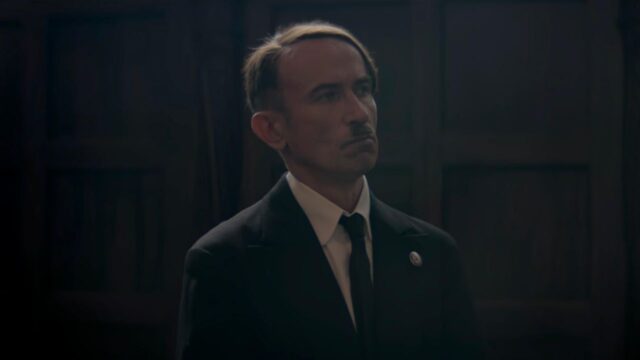
8A German Officer Tried (And Failed) To Assassinate Hitler In 1944
This meant that, in 1944, a desperate and bold German officer, Claus von Stauffenberg, tried to assassinate Hitler as a means of ending the scourge of the Nazi regime. It was on this day that the July 20 plot gained its name, with a series of carefully laid plans to plant a bomb in the conference room located within Hitler’s headquarters at Wolf’s Lair in East Prussia.
The disillusioned Stauffenberg could hardly stand the brutal policies of Hitler toward his soldiers and the awful course of the war. Stauffenberg believed that the only way left to save Germany from destruction and gain back at least a little honor and peace was by killing Hitler.
Hitler and the Nazis make this point in a tension-building dramatization as voiceover historians describe what is happening. In the end, the assassination attempt did not succeed. A bomb in a briefcase placed by Stauffenberg went off, but instead of being killed, Hitler survived with only superficial injuries.
The failure of the plot brought an immediate, ruthless response from the Nazis, in which Stauffenberg and a large number of the other conspirators were executed. The failure of the assassination plot highlighted how deeply divided and desperate the German military and political elite felt as the war continued to turn against Germany.
7The Nazis Unleashed Unprecedented Levels Of Brutality During WW2
The atrocities committed during World War II were of a scale that had never before been contemplated.
While this is universally known, Hitler and the Nazis provides a no-holds-barred view of barbarity, including narrations from survivors, some never before heard, and archival footage by such filmmakers as Roman Karmen, John Ford, and Budd Schulberg, shown at the Nuremberg Trials, supplemented by dramatic reenactment.
Among those is one of the most disturbing: the Kyiv Massacre of 1941, where tens of thousands of Jewish men, women, and children were systematically executed in a ravine outside the city.
To have killed nearly 1.5 million people by shooting them, the historians explain, and to keep having to do it took a toll on the mental health of the soldiers. For this problem, the Nazis developed a solution: a system of death camps like Auschwitz, equipped with gas chambers and crematoria, specially designed for the systemized murder of millions of Jews and other marginalized groups.
The horrors of Auschwitz and other such death camps epitomized the depths of Nazi depravity and the industrialized nature of their genocide. According to the docuseries, 1 million people were killed at Auschwitz alone.
In addition to mass killings, the Nazis imposed mass slavery and forced labor on millions of people across occupied territories.
As per the docuseries, 12 million people, including Jews, prisoners of war, and civilians deemed undesirable by the regime, were subjected to grueling conditions in labor camps and factories, where many perished due to starvation, exhaustion, and abuse.
Hitler and the Nazis force viewers to witness this and then cut to the Nuremberg trial, where Hans Frank, the head of the General Government in German-occupied Poland, seeks to absolve himself from blame for these atrocities.
6The Nazis Used The 1936 Olympics To Whitewash Their Image
The 1936 Berlin Olympics provided the Nazis a good opportunity to display their power and try to clean up the image of their regime. Hitler’s party spent a lot on the event, constructing huge stadiums and facilities to impress foreign visitors and athletes.
The regime produced huge propaganda campaigns, underlining Germany’s development culturally and technologically, and soft-pedaled its brutal policy of discrimination and persecution of Jews and other minorities. Hitler and the Nazis show how this event allowed Hitler to mask many more sinister developments and seem more palatable to international media.
The docuseries shows how the Black American athlete Jesse Owens surprisingly took several events on this scene, challenging the entire Aryan superiority that Hitler was placing at the forefront.
Hitler saw this as a humiliation, but Hitler and the Nazis emphasized the strategic significance of this event in terms of controlling the global image of the Nazi regime. At that time, as the historians explain, the Nazis were building their second generation of concentration camps and devised a four-year plan in preparation for a war.
5A Ship Of Jews Was Denied Entry Into The U.S. And Cuba
Hitler and the Nazis is a documentary that sheds light on how a boat full of Jews was turned away from the U.S. and Cuba—in a horrible way; this is one moment that many people might not know about from history books.
In 1939, the M.S. St. Louis departed from Germany, carrying over 900 Jewish passengers in search of asylum in Cuba and the United States. Yet, both countries denied them entrance.
The desperate pleas and international organizations’ appeals were of no avail, and the boat was not allowed to dock.
It was forced to return to Europe.
The refusal of admission for the M.S. St. Louis marked a tragic missed opportunity to rescue hundreds of lives from the horrors of the Holocaust. In Hitler and the Nazis, a woman who was a young girl at the time narrates the collective despair, including that one Jewish man killed himself rather than return to Nazi Germany.
Historians further explain how Hitler’s propaganda chief, Joseph Goebbels, spun this into a story to show that no one wants Jews; at least the Nazis are entertaining them in concentration camps.
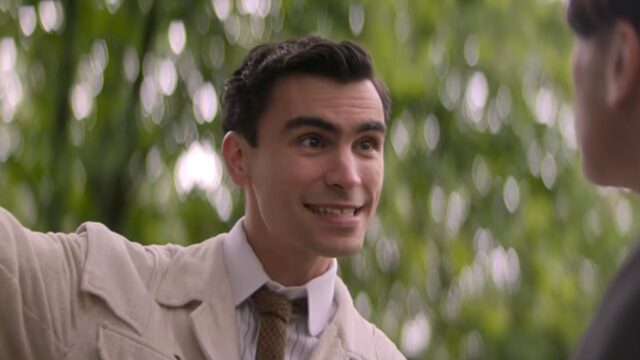
4Hitler Drove His Niece Geli Raubel To Kill Herself In 1931
The tragic and controversial relationship between Hitler and his niece, Geli Raubal, is a subject of historical speculation. In 1931, Raubal was found dead in Hitler’s Munich apartment, the result of a gunshot wound.
While officially ruled a suicide, rumors and historical accounts suggest a much darker narrative. Allegations of an intimate relationship between Hitler and Geli Raubal have circulated for years, which historians of Hitler and the Nazis imply were true.
The circumstances surrounding Geli’s death suggest that Hitler’s domineering behavior may have influenced her decision to take her own life. The docuseries uses this as early evidence of Hitler’s psychopathy.
Throughout their time together, the Netflix series illustrates how Hitler exerted a disturbing level of control over Geli’s life, dictating her movements, dress, and social interactions under the guise of teaching her how to sing.
3Hitler Was A Fundamentally Lazy Person
Archival footage and historian interviews all point to Hitler’s predisposition toward leisure and idleness. Scenes from his vacation retreat, the Berghof in the Bavarian Alps, show Hitler escaping there at every opportunity, spending tremendous periods with his companion Eva Braun and his loyal German Shepherd, Blondi.
Interviews with historians also reveal how Hitler shied away from the workload of leading a country and instead liked to delegate tasks to others, immersing himself in what now can only be called personal obsessions.
Instead of getting involved in making policies, he preferred to dream big and deal with ideological pursuits. The historians say he left subordinates to do the work for him and spent much of his time waking up late and watching many movies.
This laid-back approach to governance and Hitler’s laziness contributed to the rather haphazard and dysfunctional way in which the important policy decisions of the Nazi regime were often made impulsively or on the whims of Hitler, devoid of strategic planning or long-term considerations.
2Not Hitler, But Franz von Papen Might Have Been The Most Crucial Villain
Franz von Papen is considered one of the key villains because he was at the forefront of helping Hitler to power. As German Vice-Chancellor in 1933, von Papen had the illusion that he could control Hitler and remain on top of the political sphere.
Von Papen’s support for Hitler’s regime lent its legitimacy, and his political maneuvers helped seal the support of conservative and nationalist groups, further solidifying Nazi power.
His willingness to sacrifice democratic principles for personal and political gain significantly contributed to the establishment of the Nazi dictatorship, enabling the widespread atrocities that followed. In other words, without von Papen, there would likely be no Hitler, no war, and no Holocaust.
Nevertheless, he was one of the three people acquitted in the Nuremberg Trials because of a lack of strong evidence directly linking him with specific war crimes and atrocities.
The tribunal decided that his actions did not come within the meaning of the legal definition of criminal liability of the charges brought against him.
Despite the morally questionable political manipulations of von Papen, his defense won an argument by stating that his involvement was mainly political and indirect but not directly involved in planning or committing war crimes or crimes against humanity.
124 Surviving Nazi Leaders Were Tried On 4 Counts At The Nuremberg Trials
The opening premise of Hitler and the Nazis: Evil On Trial is that 21 surviving Nazi leaders were being tried at the Nuremberg Trials starting in November 1945. They were being tried on four counts: conspiracy, crimes against peace, war crimes, and crimes against humanity.
They were seen, the voiceover says, as “living symbols of racial hatred, terrorism, and of violence, and of the arrogance and cruelty of power.”
The evidence against these men was largely their own words and records; the prosecutors accessed hundreds of tones of secret Nazi documents seized at the end of the war.
However, all 24 of them pleaded not guilty. Only three defendants were acquitted, while 12 were sentenced to death by hanging, and the remaining received various prison sentences ranging from 10 years to life.
The trials not only brought Nazi war criminals to justice but also established important legal precedents in international law. They marked the first-time international law was applied to prosecute individuals for such crimes, especially state officials of another country.
About Hitler and the Nazis: Evil on Trial
Hitler and the Nazis: Evil On Trial is a 6-episode documentary series exploring the rise and fall of Adolf Hitler and his Nazi Party between his birth in 1889 and the Nuremberg Trials in 1945-46 after the Second World War.
The Netflix historical documentary series uses a combination of reenactments, the Nuremberg Trials footage, voiceovers by Shirev through “voice recreation technology”, analysis by historians like Omer Bartov, Devin Pendas and Anne Berg, some eyewitness accounts, and archival footage to chronicle this saga.
Over its roughly 6-hour runtime, Hitler and the Nazis traces Hitler’s entire rise to power, his Nazi regime, the build-up of World War II, the Holocaust, and the Nazi defeat with immense depth and rigor. While it doesn’t present any new evidence, the docuseries offers several revelations that may not be present in history textbooks.
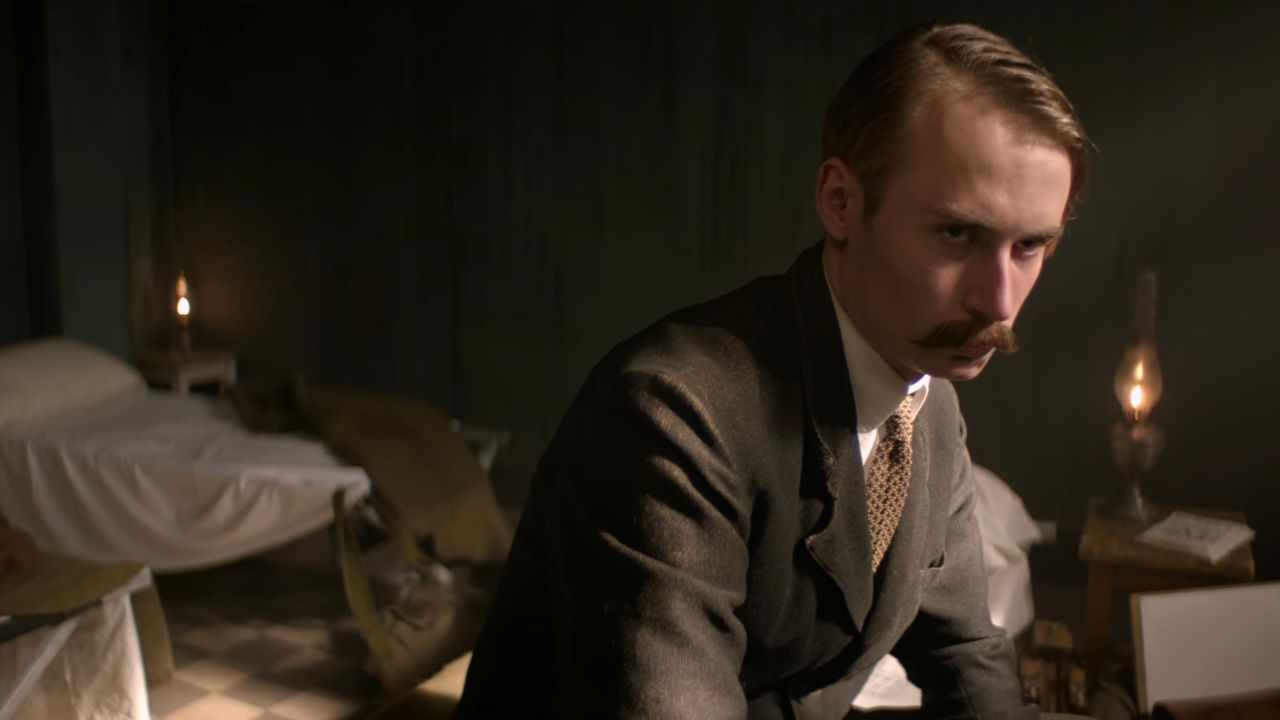



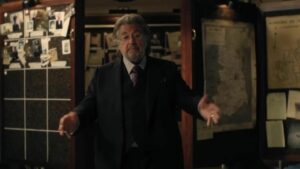

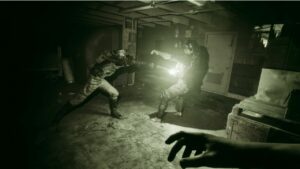
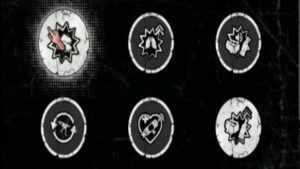
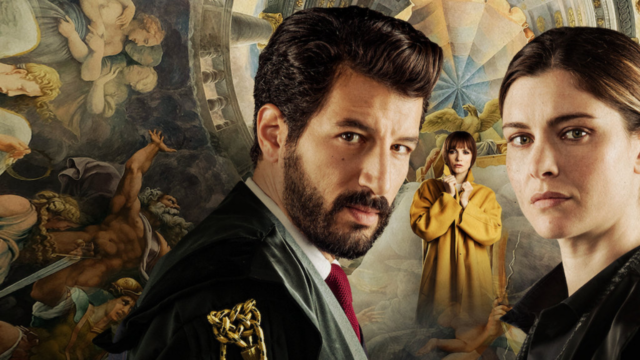
No Comments on 10 Biggest Reveals From Netflix’s Hitler And The Nazis: Evil On Trial